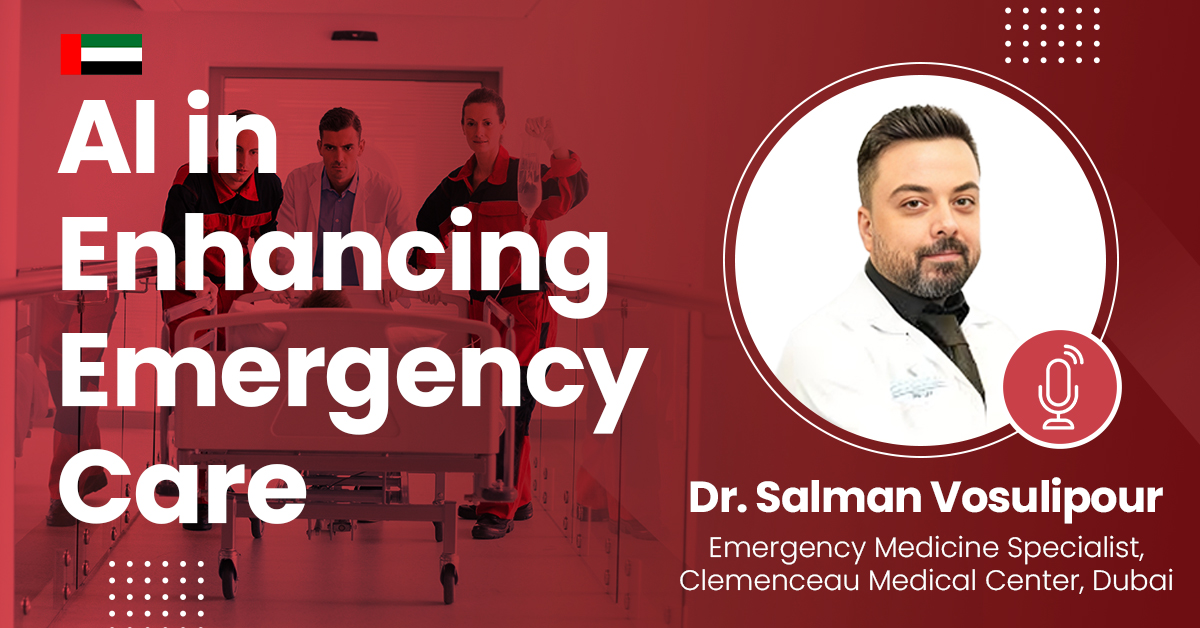- 147.6k views
Management of Acute Airway Obstruction
An acute upper airway obstruction (UAO) is a blockage that occurs in your upper airway. The upper airway of your respiratory system consists of the trachea, larynx or voice box, and throat. A blockage in your airway could prevent your body from getting enough oxygen. A lack of oxygen can cause brain damage, and even a heart attack, in a matter of minutes. Any obstruction of the upper airway has the potential to be life-threatening. Seek emergency medical attention immediately if you suspect that you, or someone you know, has an obstructed upper airway.Acute airway obstruction (the foreign body either completely obstructs the pharynx or acts as a valve on the laryngeal inlet), no warning signs, most frequently in a child 6 months-5 years playing with a small object or eating. Conscience is initially maintained. Perform maneuvers to relieve obstruction only if the patient cannot speak or cough or emit any sound: Children over 1 year and adults: Heimlich manoeuvre: stand behind the patient. Place a closed fist in the pit of the stomach, above the navel and below the ribs. Place the other hand over fist and press hard into the abdomen with a quick, upward thrust. Perform one to five abdominal thrusts in order to compress the lungs from the below and dislodge the foreign body. Children under 1 year: Place the infant face down across the forearm (resting the forearm on the leg) and support the infant’s head with the hand. With the heel of the other hand, perform one to five slaps on the back, between shoulder plates. If unsuccessful, turn the infant on their back. Perform five forceful sternal compressions as in cardiopulmonary resuscitation: use 2 or 3 fingers in the center of the chest just below the nipples. Press down approximately one-third the depth of the chest (about 3 to 4 cm).
About the Speaker

Dr Pooja Wadwa
Additional Director, Critical Care Medicine, ECMO specialist,FMRI,Gurgoan
Upcoming Case Discussions
Hyperlipidemia: From Diagnosis to Treatment
Hyperlipidemia is a condition characterized by elevated levels of lipids, such as cholesterol and triglycerides, in the blood, which can increase the risk of cardiovascular diseases. Diagnosis typically involves blood tests measuring lipid profiles, while treatment focuses on lifestyle changes, such as diet and exercise, alongside medications like statins to manage cholesterol levels and reduce cardiovascular risk. Regular monitoring is essential for effective management and prevention of complications.
Acne: Disorders and Treatment Approaches
Acne is a common dermatological condition caused by clogged pores, excess sebum production, bacterial growth, and inflammation. It can manifest as blackheads, whiteheads, papules, pustules, or cysts, often leading to scarring if untreated. Various factors, including hormonal changes, diet, stress, and genetics, influence its severity. Treatment approaches range from topical and oral medications, such as retinoids, antibiotics, and hormonal therapy, to advanced procedures like chemical peels and laser therapy. A personalized skincare regimen, along with lifestyle modifications, plays a crucial role in managing and preventing acne.
Pulmonary Hypertension
Safer alternatives in pain management focus on reducing the reliance on opioids and minimizing the risk of addiction or side effects. Non-opioid medications such as acetaminophen, NSAIDs, and anticonvulsants are increasingly used for managing both acute and chronic pain. Additionally, physical therapy, acupuncture, and cognitive-behavioral therapy are non-pharmacological approaches that effectively address pain without the risks associated with traditional painkillers. For certain cases, interventional procedures like nerve blocks or spinal cord stimulation offer targeted relief while minimizing systemic side effects. These alternatives aim to provide effective pain management while enhancing patient safety and quality of life.
Molecular and Genetic studies in Gynaecological Malignancies
Molecular and genetic studies in gynecological malignancies have revolutionized diagnostics, prognostics, and targeted therapies. Advances in genomic sequencing have identified key mutations in ovarian (BRCA1/2, TP53), endometrial (PTEN, MSI), and cervical cancers (HPV integration, PIK3CA). These findings aid in precision medicine, guiding individualized treatments like PARP inhibitors for BRCA-mutated ovarian cancer. Epigenetic modifications, including DNA methylation and miRNA regulation, further influence tumor progression and therapeutic response. Emerging technologies like liquid biopsies and multi-omics approaches enhance early detection and monitoring. Understanding these molecular pathways is crucial for developing novel therapies and improving survival outcomes in gynecological malignancies.
AI in Enhancing Emergency Care
AI is revolutionizing emergency care by enabling faster, more accurate decision-making. It helps triage patients efficiently, analyze medical data in real-time, and predict outcomes based on historical data, which can prioritize critical cases. AI-powered tools, like diagnostic imaging analysis and predictive algorithms, assist doctors in identifying conditions such as strokes or heart attacks earlier, improving survival rates. Additionally, AI enhances resource allocation and staff management in emergency departments, optimizing response times and reducing workload for healthcare providers.








